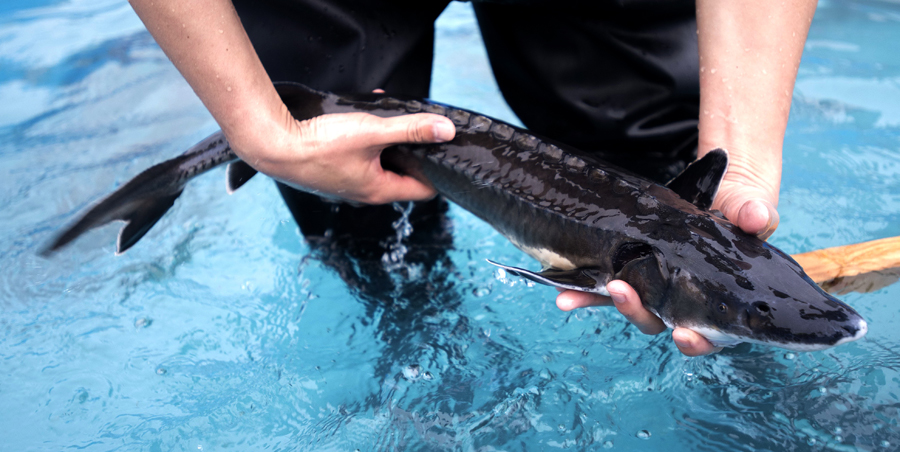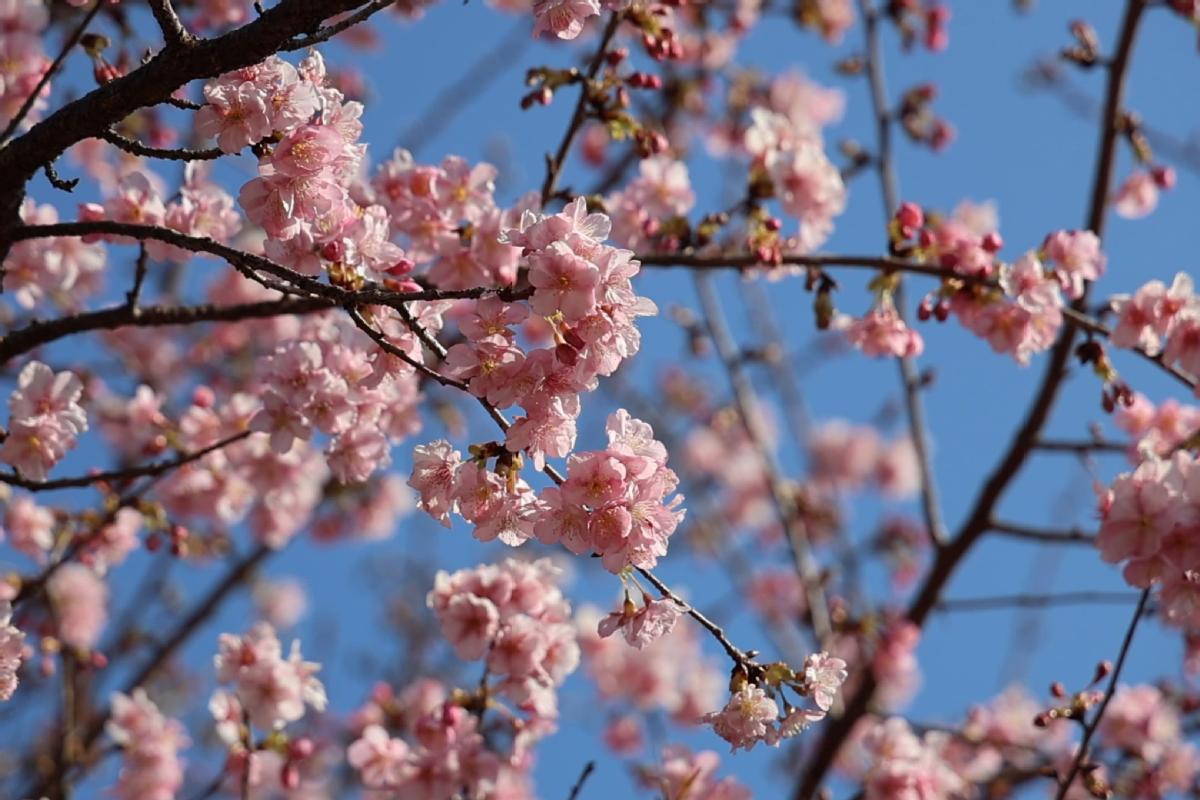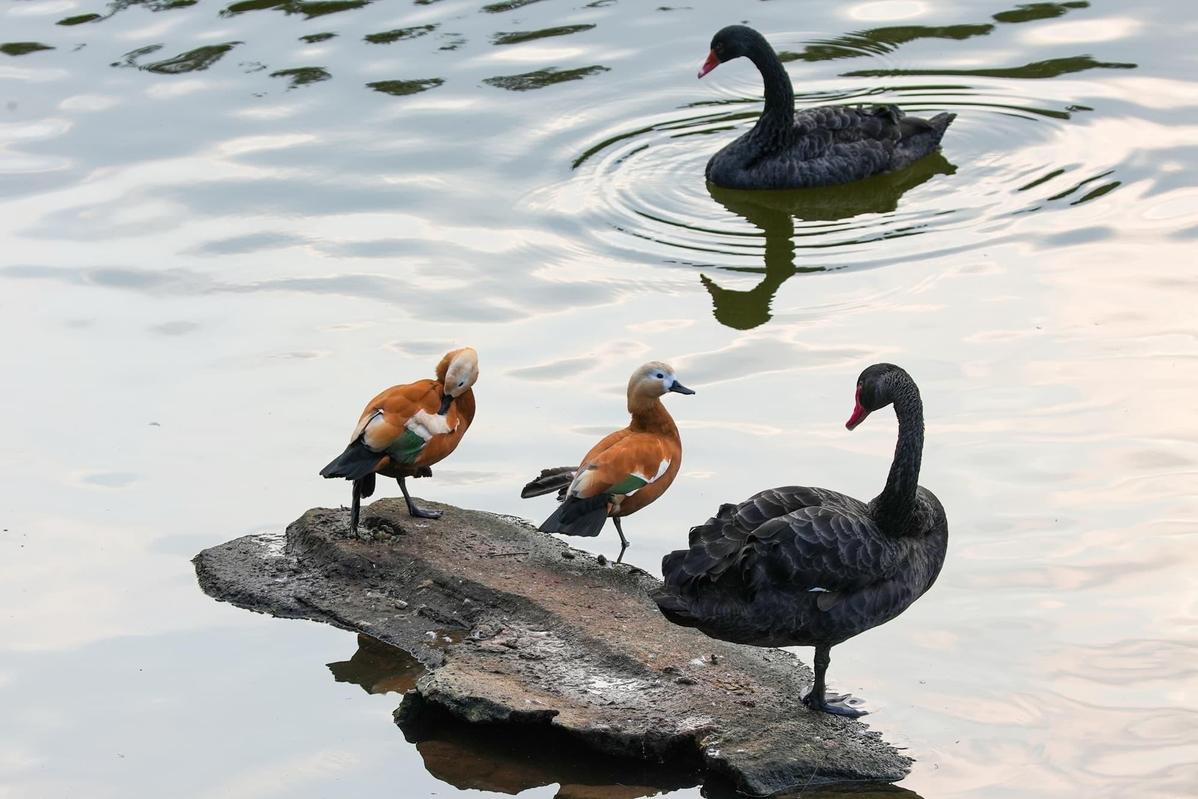Construction examined in deaths of rare fish


The construction of a bridge in Jingzhou, Hubei province, which allegedly caused the death of about 6,000 critically endangered Chinese sturgeon at a breeding facility, has been halted, according to the Ministry of Agriculture and Rural Affairs.
An investigative team, assembled by the ministry's Yangtze River Fisheries Administration and the Hubei agricultural bureau, arrived in Jingzhou to investigate the deaths said to be caused by the construction of the Miyue Bridge in the city's Jinan ecocultural tourism zone, an official from the administration said.
Part of the construction was allegedly carried out in national nature reserves, which is illegal, he said. The result of the investigation was not available as of Thursday night.
The Jingzhou city government ordered the halt to the construction, and the investigative team will continue to watch the site to make sure that the construction does not resume, the official said.
"Any individual and organization involved in the death of Chinese sturgeon or illegal construction in a national nature reserve will be held accountable under the fisheries law, the law on the protection of wildlife and the environmental protection law," he said.
Since the start of this year, 36 mature fish more than 20 years old, and about 6,000 younger ones up to 2 years old, have died at the Hengsheng aquafarm, which is near the construction site, ThePaper.cn reported on Sunday.
The deaths were "directly linked to the shocks, noises and changes of water sources" caused by the construction, it said.
Native to the Yangtze River, the Chinese sturgeon is almost extinct in the wild due to pollution, overfishing and the construction of massive dams. It now depends on artificial breeding for its survival.
China launched its breeding program in the 1970s when scientists noticed a steep decline in the numbers of sturgeon, a species that can be traced back about 140 million years.
According to earlier media reports, China is home to fewer than 1,000 adult Chinese sturgeon artificially bred from wild parents. Of those, more than half came from the Hengsheng aquafarm.
Authorities ordered the operators of the construction project to move but they refused because there was no agreement on compensation. The team responsible for the project went ahead with construction, and it was this that led to the deaths of the "extremely precious" fish, according to The-Paper.cn.
Over the past year, more than 10 official inspection teams have visited the construction site and ordered a halt, but each time their instructions went unheeded, the report said.
An executive from the breeding facility was quoted as saying that as the construction work moved closer to the aquafarm, the fish became increasingly distressed and they sometimes leaped out of the water.
Wei Qiwei, a principal scientist at the Chinese Academy of Fishery Sciences, was quoted as saying that the 36 mature fish that died were among the first generation to have been artificially bred.
As their parents were taken from the wild, the adults were "extremely precious" as they had a richer genetic diversity than their own offspring, he said.
Zhou Lihua in Wuhan contributed to this story.
- Intl research team develops damage-free etching technique for optoelectronic semiconductors
- Task force to investigate prenatal exam failure in Hubei
- Report on tailings dam collapse in Yunnan suggests accountability for 26 individuals
- Beijing-Zhangjiakou trains expand ski gear service
- Documentary 'Through Ice and Snow' is to be broadcast internationally
- China launches new remote-sensing satellite




































